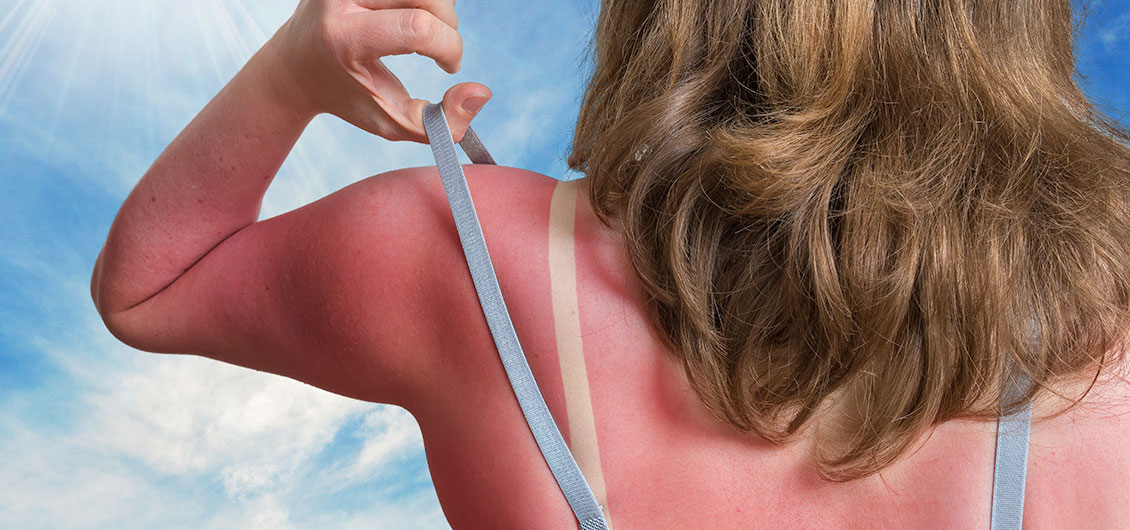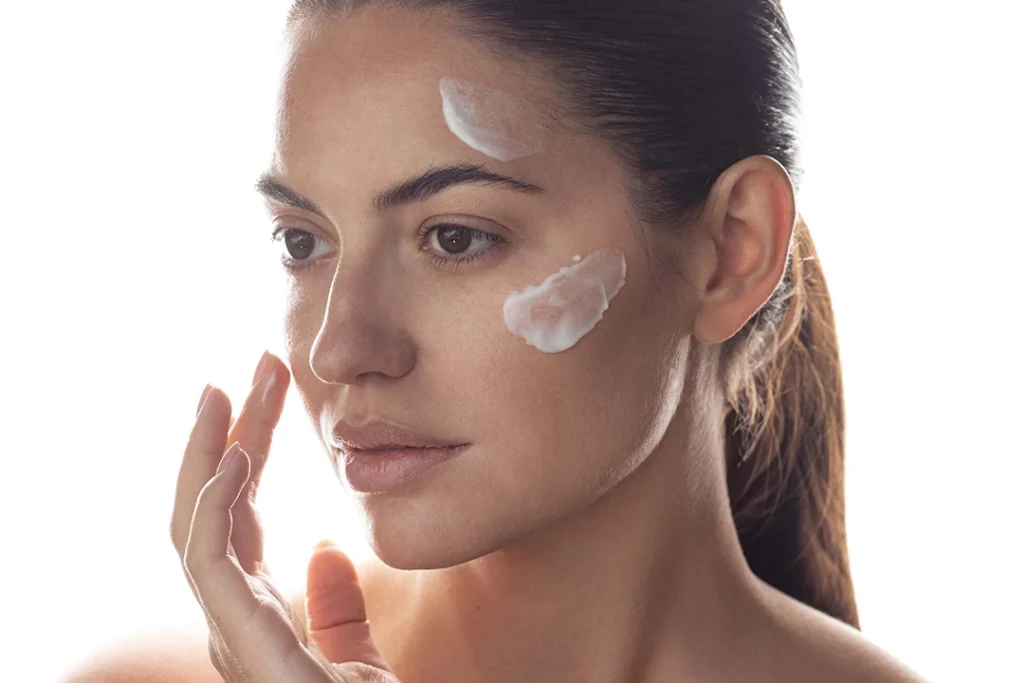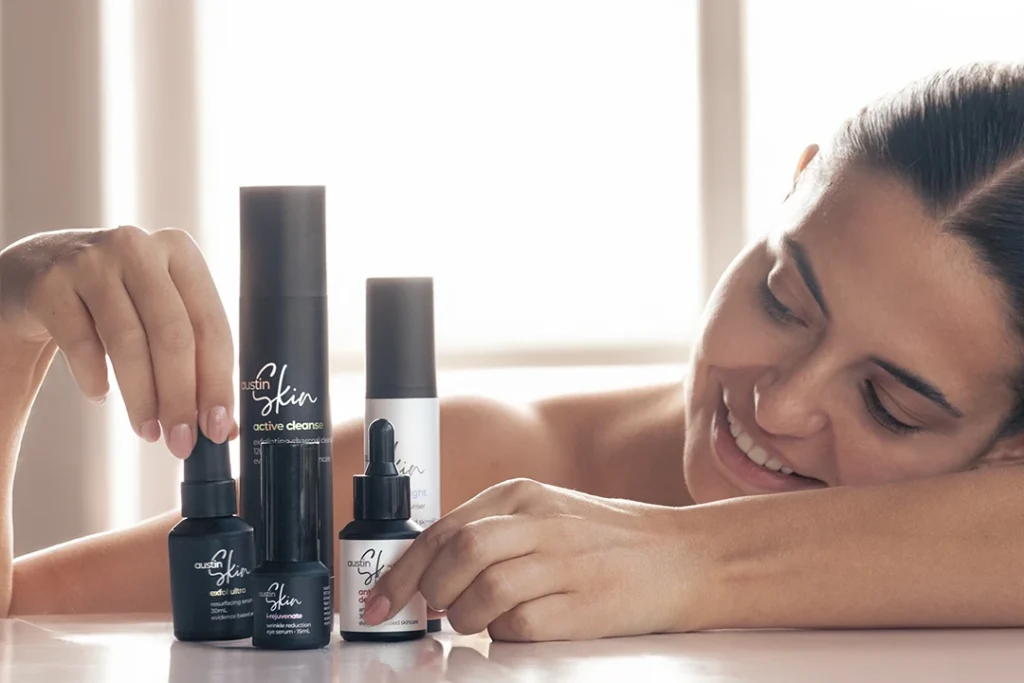Australia has the unhappy distinction of being one of the skin cancer capitals of the world, with rates that are two to three times what they are in Canada, the US and the UK. According to a Cancer Council Australia report on skin cancer, two in three Australians will be diagnosed with skin cancer by the time they are 70, and the majority of skin cancers are caused by exposure to the sun.
More than 750,000 Australians are treated for non-melanoma skin cancers each year. We’ve written this article so you won’t be one of them.
Are You Committing Murder?
If you lie about in the sun without protecting your skin, you are literally sunning your skin cells to death, and an untimely one at that. The heat is a small factor, but it’s the sun’s ultraviolet rays that are the real culprits. “Sun exposure gives a leg up to free radical protection and oxidative stress,” explains Dr Austin. “The results are swelling, redness, and hot skin.” Severe burns lead to engorgement of the blood vessels of the dermis. Liquid is released which manifests as a blister.
The time it takes for a person to become burned after being exposed to the sun depends on how much UV light you get, as well as an individual skin’s threshold for burn. No burn is a good burn. In an article on sunburn, the Huffington Post reports that allowing your skin to get lightly pink is just as dangerous as red sunburn. Skin turns pink when you have reached the lowest dose of sun exposure needed to produce sunburn. In other words, you don’t need to see red. If your skin is pink, the damage is already done.
Professional Skin Assessment is a Must
An important part of keeping cancer at bay is an annual visit to your skin specialist. “At Austin Clinic, we have the training and experience to diagnose, treat, and manage skin cancer,” says Dr Austin. She won’t brag, but we will, that she earned her Diploma in Practical Dermatology at the University of Wales, and also holds certificates in skin cancer medicine and advanced skin cancer surgery.
Unlike a friendly, well meaning, but ultimately unqualified beauty counter attendant, someone who has studied dermatology will take the time to get your medical history, along with your beauty goals. At our clinic, your consultation includes a head-to-toe examination. Any irregularities will be noted and investigated further. “When a doctor suspects a spot may be cancerous, s/he will order a biopsy,” explains Dr Austin. “That certainly isn’t the case at a beauty kiosk.”
Self-Monitor: 4 Skin Changes to Watch For
That being said, you know your body better than anyone. You can monitor your skin regularly and find any change or irregularity as soon as it occurs. A study in The Journal of the National Cancer Institute, in fact, showed that skin self-exams could reduce the risk of advanced disease among melanoma patients and potentially decrease melanoma mortality by up to 63%. “Early diagnosis and treatment are the keys to avoiding disfigurement and even death,” warns Dr Austin.
She recommends regular skin self-exams to look for:
- Crusty, non-healing sores
- Lumps (small) that are pale, red, or pearly
- New spots or freckles
- Moles that change colour, thickness, and shape
For more on this topic, the Skin Cancer Foundation has a handy guide on how to perform a skin check.
Healthy & Beautiful, That’s Our Goal
If you would like to know more about skin health and beauty, and especially if you’re overdue for your annual skin exam, we hope you’ll contact Austin Clinic. Our team is standing at the ready to help you be your best self for years to come.




